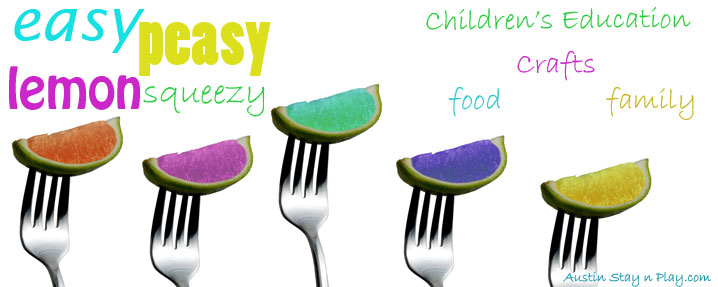It's new! It's Awesome! Kids and teachers are loving it!

This app is helping bridge the gap for our struggling readers and writers. Google has developed a system that allows you to collaborate with others while providing a contextual spell checker, a word dictonary, a picture dictionary and a text-to-speech program (reads back your text), ALL in one document! This is huge for our struggling readers. Students are able to hear what they write and see a picture for a word they type, this is amazing! Example. I ate ice cream for "desert" or "dessert". Not sure of the correct word to use? Then use the picture dictionary and choose the correct spelling!
You can find the app in the Google Chrome's Web Store FREE! It works with Google Chrome's web browser in Google Drive with all of Google Documents.
Check out Leander's Assistive Technology In Action blog, for an example of Google's Read Write App and how technology is being used in the classroom's of Leander ISD!



